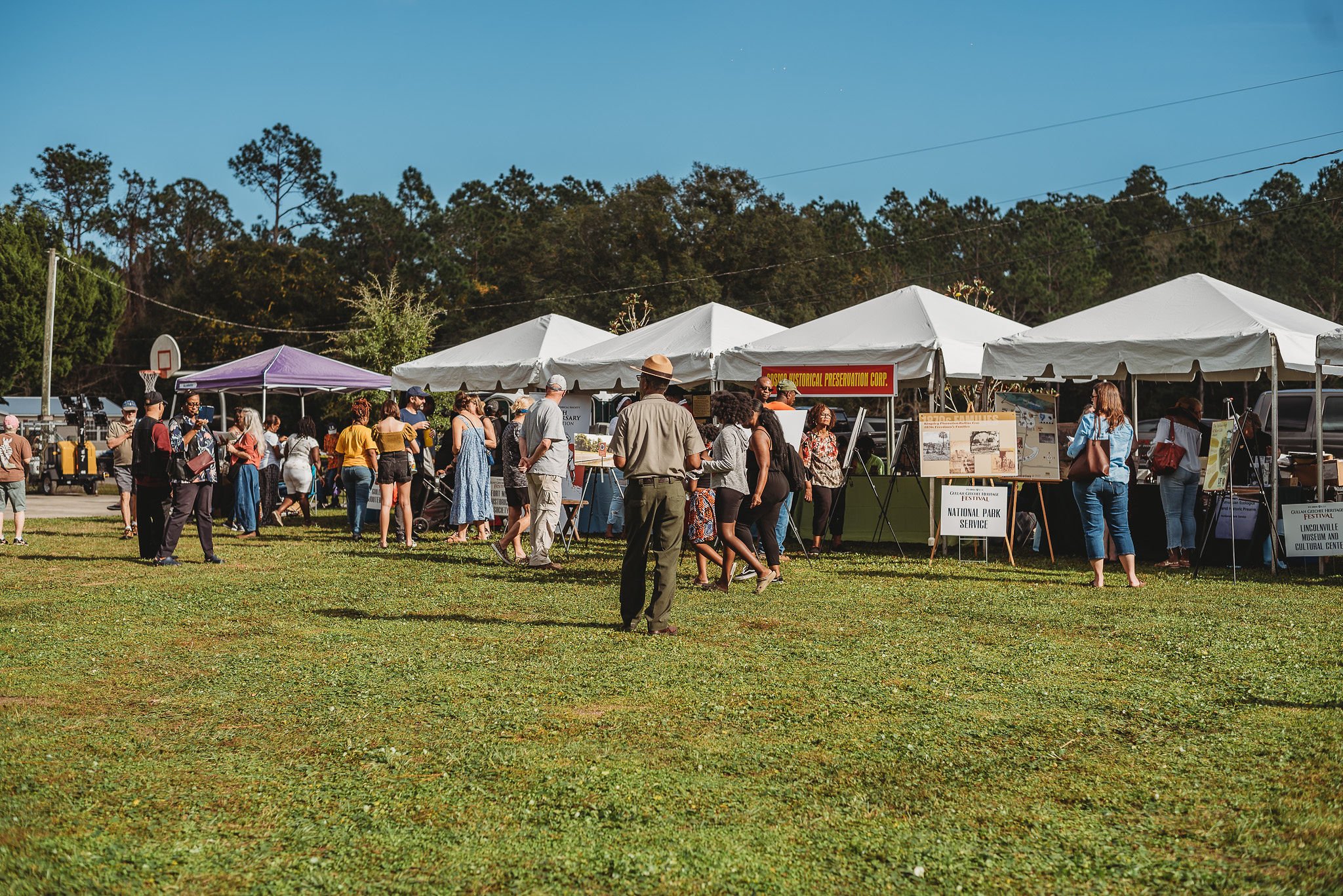the gullah geechee people
The Gullah Geechee are descendants of Africans who were enslaved on the rice, indigo, and Sea Island cotton plantations of the lower Atlantic coast. Many came from the rice-growing region of West Africa.
The nature of their enslavement on isolated plantations created a unique culture with deep African retentions clearly visible in their distinctive arts, crafts, foodways, music, and language.
Today’s Gullah Geechee arts and crafts are the result of products designed by their ancestors out of necessity for daily living such as making cast nets for fishing, basket weaving for agriculture, and textile arts for clothing and warmth.
Much of the food today referred to as “Southern” comes from the creativity and labor of Gullah Geechee people.
The influence and evolution of musical forms that arose out of Gullah music can be heard in genres such as spirituals and gospel, ragtime, rhythm and blues, soul, hip hop and jazz.
Much of the food referred to as “southern” comes from the creativity and labor of gullah geechee PEOPLE
the gullah geechee cultural heritage corridor
The Gullah Geechee Cultural Heritage Corridor was designated by Congress as part of the National Heritage Areas Act of 2006. The Corridor was created to recognize the important contributions made to American culture and history by the Gullah Geechee.
The Corridor was created to interpret the stories and preserve the folklore, arts, crafts, and music of the Gullah Geechee and to identify and preserve sites, historical data, artifacts, and objects associated with the Gullah Geechee people. The Corridor is managed by a Commission of members representing the states of North Carolina, South Carolina, Georgia, and Florida.
Armstrong, Florida is the southern end of the Gullah Geechee Cultural Heritage Corridor.

get more information on the gullah geechee cultural heritage corridor
Visit the website of the Gullah Geechee Cultural Heritage Corridor Commission, representing the states of North Carolina, South Carolina, Georgia, and Florida.


